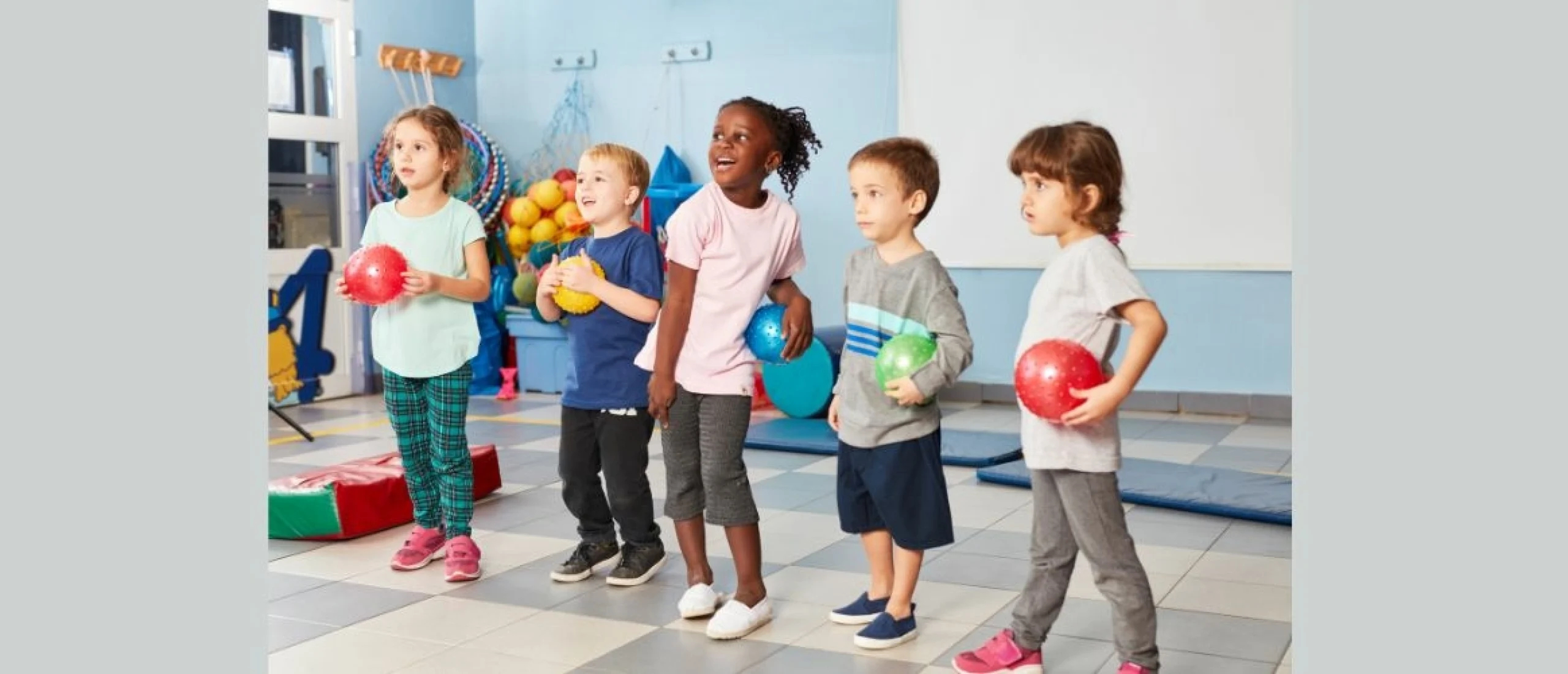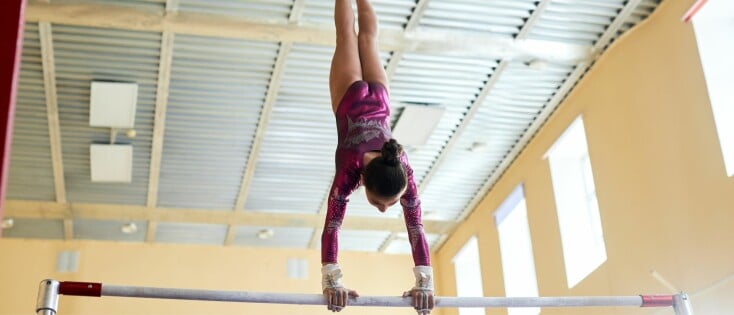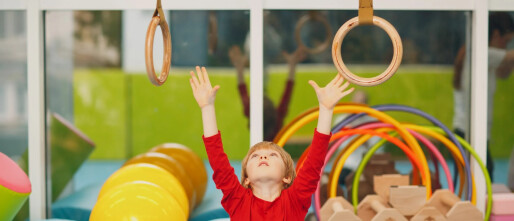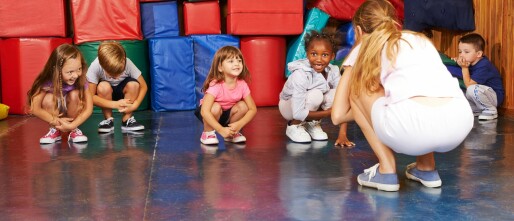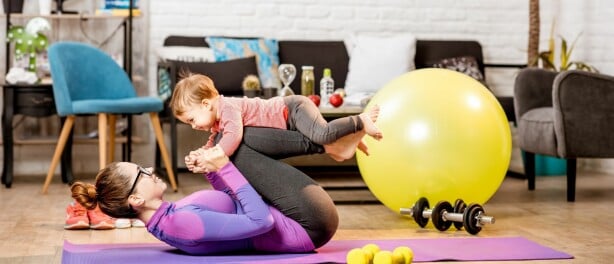Introduction: the power of early physical activity
Preschool gymnastics is more than just fun; it plays a vital role in helping children develop essential physical skills. Among these skills, throwing, aiming, and catching are crucial components in building a child's coordination, balance, and overall motor abilities. These fundamental movements lay the foundation for more complex physical activities and sports later in life. In this article, we will explore the significance of throwing, aiming, and catching in preschool gymnastics and offer practical ways to incorporate them into early childhood development.
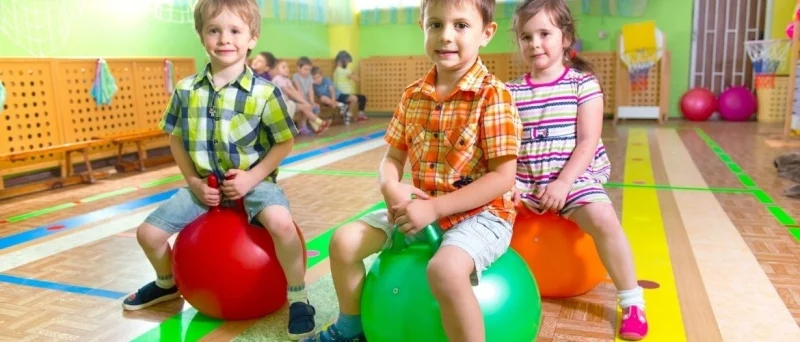
The role of throwing in preschool gymnastics
Throwing is one of the most basic movements that children learn in their early years. Preschool gymnastics programs often focus on developing this skill through simple, playful activities. The act of throwing involves a combination of balance, strength, and coordination, which helps young children develop their large motor skills.
At the preschool age, the primary goal is not to perfect throwing but to help children become comfortable with the movement. Simple exercises, such as tossing a soft ball into a target or throwing beanbags, allow children to experiment with different throwing techniques. Over time, they will develop better control and accuracy.
Aiming: the key to precision
Aiming is closely linked to throwing, as it involves focusing attention and directing energy toward a specific target. In preschool gymnastics, aiming helps children refine their ability to judge distance, focus on specific objects, and develop hand-eye coordination.
Preschool activities that encourage aiming can range from simple games like “target practice” with hoops or cones to more interactive exercises like trying to hit a moving target. Aiming teaches children the importance of focus and precision, which are not only important for sports but also for everyday tasks such as drawing or writing.
Catching: enhancing hand-eye coordination
Catching is another fundamental skill that preschoolers can develop through gymnastics. The act of catching requires coordination between the eyes and hands, which is an important part of overall motor skill development. It also involves anticipation and timing, as children must track the movement of an object and react quickly to catch it.
Incorporating catching into preschool gymnastics can be done through simple games like tossing a ball or a balloon and encouraging children to catch it with their hands. As children progress, they can work on catching objects from different distances and speeds. These activities help improve reaction times and the ability to focus on moving objects.
The connection between throwing, aiming, and catching
While each of these skills is valuable on its own, they are even more powerful when combined. Throwing, aiming, and catching are often part of a sequence of movements that children will practice in gymnastics. Mastering these skills together fosters a deeper understanding of body control and spatial awareness.
For example, a typical gymnastics activity might involve a child throwing a ball at a target while aiming to hit it, then running to catch a ball that has been thrown back. This series of actions requires the child to continuously adjust their body position, balance, and coordination. Over time, children will not only improve these individual skills but also learn how to use them in tandem.
Benefits of throwing, aiming, and catching for preschoolers
The development of these motor skills offers numerous benefits for preschool-aged children. Here are some of the key advantages:
Improved Motor Coordination: Throwing, aiming, and catching help children enhance their gross motor skills, which are essential for everyday activities like running, jumping, and climbing.
Building Confidence: As children succeed in throwing and catching, they gain a sense of accomplishment and confidence, which boosts their self-esteem and encourages further physical activity.
Social Skills: These activities often involve group play, which fosters teamwork, communication, and the ability to share with others.
Cognitive Development: Aiming at targets and catching moving objects challenges children's problem-solving abilities, spatial awareness, and concentration.
How to incorporate throwing, aiming, and catching in preschool gymnastics
Preschool gymnastics programs can integrate throwing, aiming, and catching activities in various fun and engaging ways. Here are some examples of activities that can help children develop these skills:
Ball Toss: Provide soft balls or beanbags for children to throw into different targets, such as hula hoops or buckets. This helps them work on both throwing and aiming.
Catch the Balloon: Use balloons to introduce catching. Balloons move slowly and unpredictably, making it easier for children to track and catch them.
Target Practice: Set up colorful targets, such as cones or paper plates, for children to aim at. Make it a game by assigning point values for each successful throw.
Relay Races: Incorporate throwing and catching into relay race-style games. For example, children can throw a ball to a teammate, who must catch it and then throw it back.
Parachute Play: Use a large parachute for group play. Have children toss and catch lightweight objects like soft balls while working together with their peers.
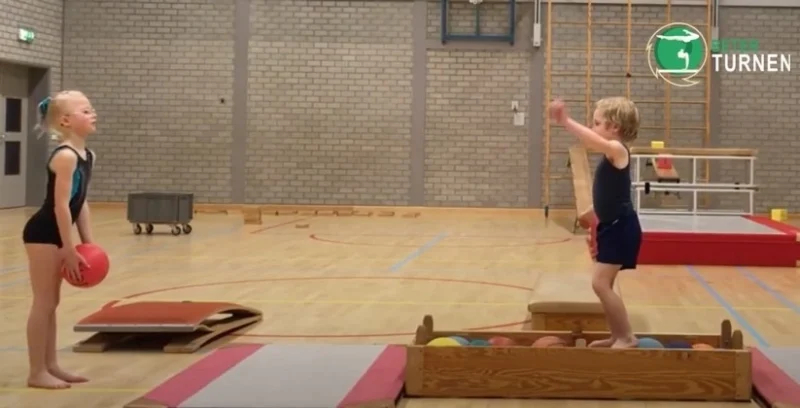
Conclusion: building a foundation for physical development
Throwing, aiming, and catching are foundational skills that play a significant role in preschool gymnastics. By engaging children in these activities, parents and educators can help develop essential motor skills that will support their physical, social, and cognitive growth. These exercises not only make gymnastics fun and interactive but also provide opportunities for children to build confidence, learn cooperation, and develop a love for physical activity. Through the combination of throwing, aiming, and catching, preschoolers will gain the coordination and skills necessary for future sports and a healthy lifestyle.

